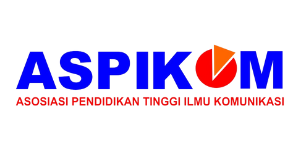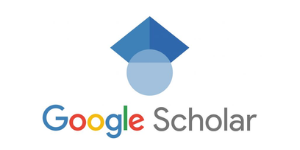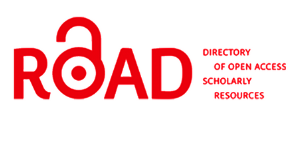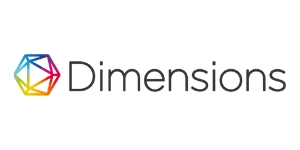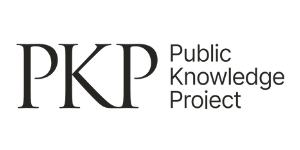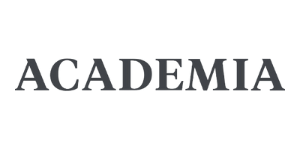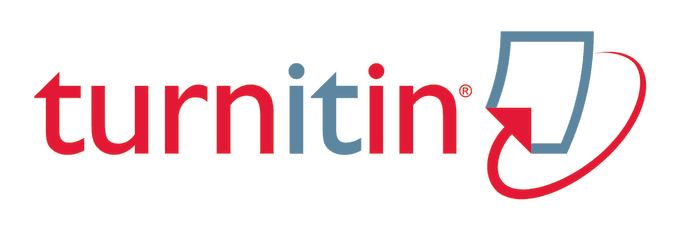Educational Quality Development for The Achievement to “Digital Island”
Abstract
This paper aims to understand the Educational Quality Development for the achievement of “Digital Island“ a corporate social responsibility (CSR) implementation in Harapan Island, Indonesia. To build a digital Island need quality human resources, technology, expert english language, good infrastructure, good cooperation with the factory ,some foreign industry and good social culture. This study explains why must choose youths Harapan Island because in this island regularly every year held CSR from China National Offshore Oil Corporation (CNOOC SES Ltd). Based on the findings of the research, the following conclusions were made. In general, students of MAN 1 Harapan Island,Thousand Island are quite enthusiastic in participating in Future Orientation training activities. The implementation of tutoring takes place conducively. The results of the diagram percentage of the achievement of the competency of the try out results are 2 students with the highest score = 87 out of a total of 2 students who achieved a very good value range. Furthermore, 9% obtained a good range of values, 53% gained enough ranges, while the remaining 34% obtained a range of less values. With such results, all students are expected to be able to improve their motivation and learning efficiently and optimally referring to the results of a try out that is not satisfactory, the students must work harder in motivating themselves and further improve their fighting power and learning spirit.
References
Cresswell, John W. 2010.Research Design: Qualitative, Quantitative and Mixed Methods Approaches (3nd ed). Thousand Oaks California 91320. 2009 : Sage Publications
Daymond, C.,& Holloway, I. (2002). Qualitative research methods in public relations & Marketing communications.Yogyakarta : Bentang Pustaka.
Griffin, Em. 2006.A First Look At Communication Theory (5th ed).Boston: Mc-Graw-Hill
Lee, N., & Kottler, P. (2005). Corporate social responsibility : doing the most good for your company and your cause.New Jersey : John Wiley and Sons, Inc.
Lincoln,Yvonna S and Egon G. Guba. 2009. Paradigmatic Controversies, Contradictions and Emerging Confluences.In Norman K.Denzin and Yvonna S.Lincoln (eds), Handbook of Qualitatives Research (3nd ed).Thosand Oaks :Sage Publications Inc :
Littlejohn, Stephen W.and Karen A.Foss.2008, Theories of Human Communication (9th ed).
Lovu, Bogdan-Mihai, Haragus, Teodor Paul, and Roth, Maria. 2018. Constructing future expectations in adolescence : relation to individual characteristics and ecological assets in family and friends.
Miller Katherine. 2005, Communication Theories, Perspectives, Processes, and Cotexts, Second Edition, P.29.
Pacanowsky, M.E.,& Trujillo, O. (1982). Communication and Organizational culture. Western.
Parikh, Nikhilkumar D.2016. Effectiveness of Teaching of Teaching through Mind Mapping Technique.
Prado, Mafud, Merlo & Neves. (2015). Corporate Social Responsibility : retail actions in Brazilian market.
Slavin, R.E. 1994. Educational Psychology: Theory and Practice (4th Edition). Boston : Allyn and Bacon.
Smith,Ronald D.2013. Strategic Planning for Public Relations (4th Edition ).First Published by Routledge 711 Third Avenue, New York, NY 10017
Wibisono. ( 2007). Membedah konsep dan aplikasi corporate social responsibility. Surabaya : Media Grapka
World Business Council for Sustainable Development (WBCSD). (2002). Corporate Social Responsibility –The WBCSD’s Journal.Geneva


